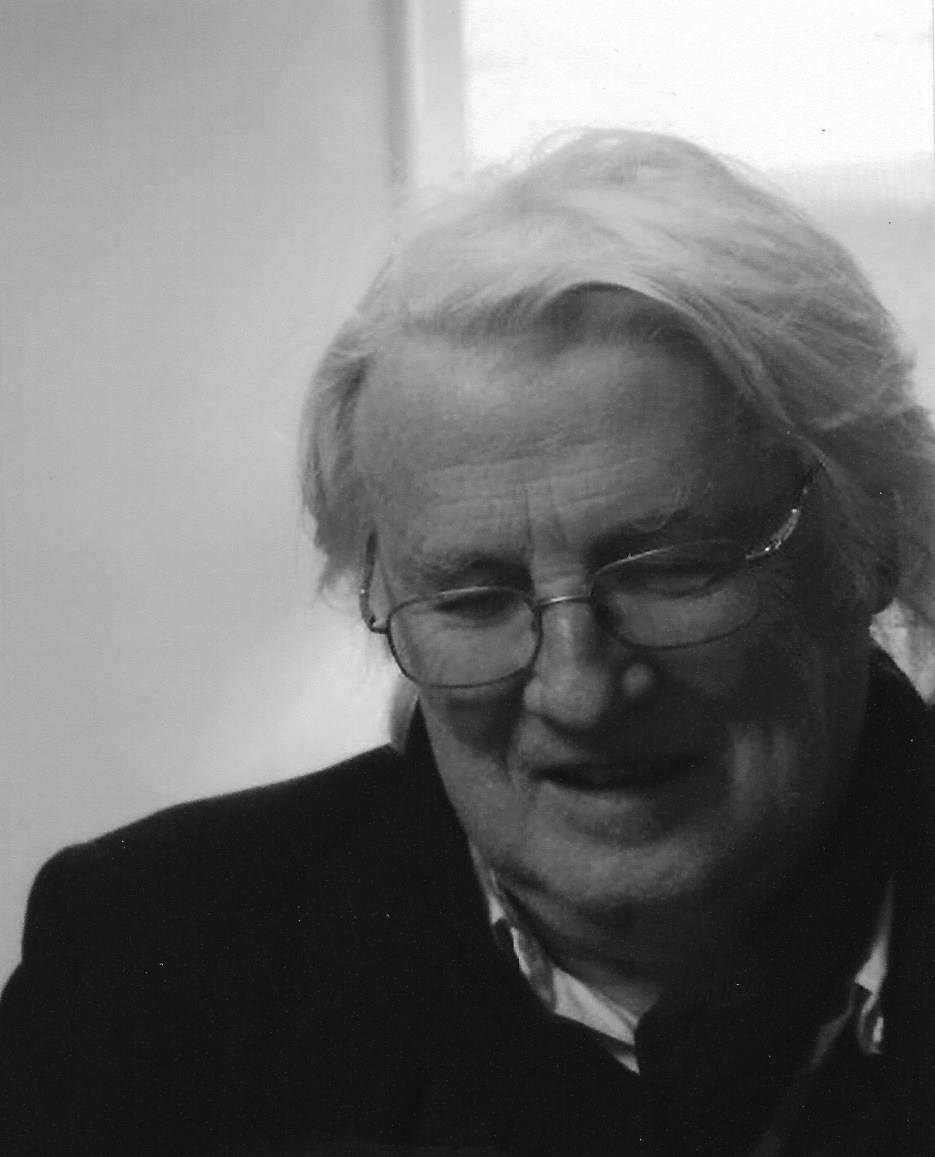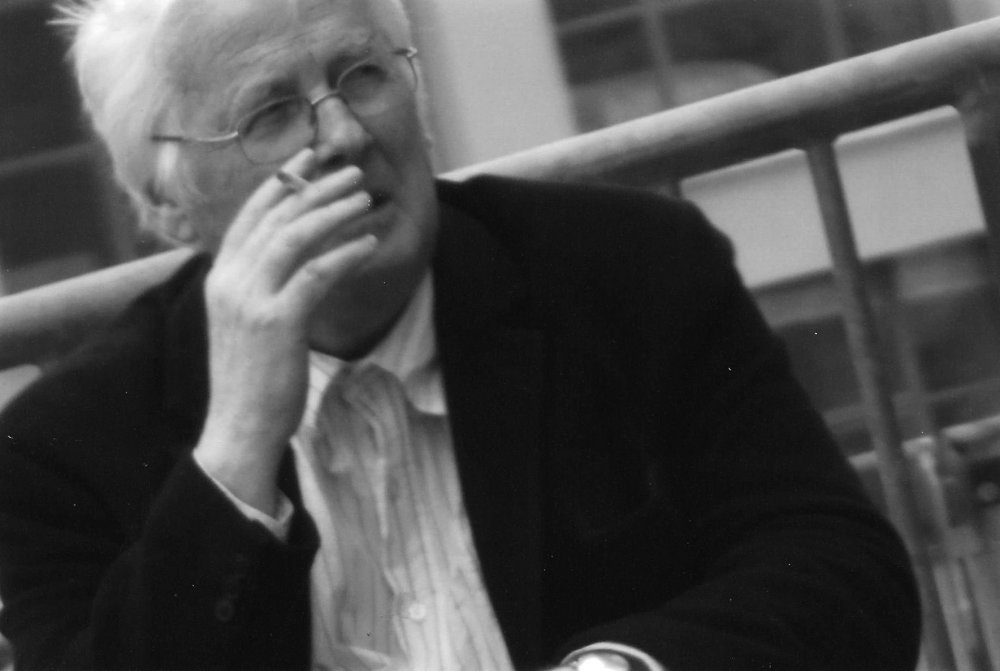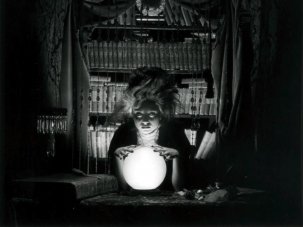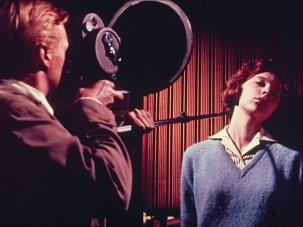Web exclusive

Michael O’Pray, who has died aged 70 following a stroke, was a writer, curator and academic who as first director of the Film and Video Umbrella did much to popularise the artists’ film in Britain during the 1980s. This was a period when it was still unusual to encounter the moving image in art galleries, and with support from the Arts Council and the BFI, the Umbrella toured film exhibitions to regional film theatres and arts centres. Mike selected and planned the tours and wrote or edited the accompanying introductory leaflets; 30 years on, the Umbrella flourishes as a major moving-image commissioning agency. Mike also helped to launch Undercut, the journal of the London Filmmakers’ Co-op; he was a co-editor of Afterimage (UK); and he regularly reviewed new artists’ films and videos for the journal Art Monthly and the BFI’s Monthly Film Bulletin. In the early 1990s he retired from the Umbrella and was appointed to a lectureship at the North East London Polytechnic, soon to become the University of East London.
An open-ness to the new and the unusual characterised Mike’s writing. Typical of his alertness to changes in the avant-garde ecology was his 1983 article In the Trenches (with its characteristically combative title) for Undercut. Here he drew attention to a returning interest in narrative among filmmaking artists following a period of ‘austere’ anti-narrative filmmaking and video-specificity associated with the Co-op and its sibling organisation London Video Arts. This renewed concern was evident in the feature film Finnegan’s Chin (1981), an extended essay in narrative deconstruction by Co-op pioneer Malcolm Le Grice, and more controversially in the work of a new generation of filmmakers including John Maybury, Cerith Wyn-Evans and Holly Warburton, who gained inspiration from Derek Jarman, Pier Paolo Pasolini and the films of Jean Cocteau. Mike dubbed this loose group ‘The New Romantics’ (a title they disliked) as he launched them in the season Synchronisation of the Senses, programmed for the ICA. Always even-handed, in the same article Mike also expressed his respect for Peter Gidal’s ‘stubborn’ continuation of the structural-materialist project.
Mike was the first writer to seriously champion Jarman’s filmmaking at a time when contemporary criticism was far from sure what to make of it and was sometimes alarmed by its assertive gayness. He had already included the artist’s Super8 Diaries in his 1985 Umbrella tour Recent British Super8 (co-curated with Jo Comino and Laraine Porter), and he followed this with a tour of Jarman’s early features Sebastiane, The Tempest and Jubilee, a dedicated edition of Afterimage magazine, and, later, his book Derek Jarman: Dreams of England (1996). Jarman and Mike became friends, Jarman appreciating Mike’s Northern bluntness, Mike in return enjoying Derek’s erudition and pleasure in argument. The film historian A.L. Rees was another of Mike’s long-term friends.
The sense that the avant-garde was fracturing and productively diversifying was first noted in the seminal exhibition The New Pluralism – British Film & Video 1980-85 which Mike organised with artist Tina Keane for the Tate in 1985. This programme and a follow-up, The Elusive Sign – British Avant-garde Film & Video 1977-1987, selected with the Tate’s Catherine Kinley and artist Tamara Krikorian and toured by the Arts Council and British Council, dispelled any notion that there was a dominant British avant-garde ‘school’.
In his regular column for Art Monthly between 1984 and 1988, Mike similarly took care to include work from outside the Co-op/LVA enclave, discussing campaigning video (The Miners’ Tapes, 1985), works made for broadcast television (Godard’s Television – Soft and Hard, 1985; Robert Ashley’s Perfect Lives (1985) and John Wyver’s seminal Channel 4 series Ghosts in the Machine (1986). His reviewing role gave Mike a unique connection with a range of new developments, and his advice became invaluable to funding committees at both the Arts Council and BFI.

For the Arts Council he edited The British Avant-Garde Film: 1926-1995, An Anthology of Writings (1995), and he later authored Avant-Garde Film: Forms, Themes and Passions (2003), which was international in its scope. He did much to popularise the work of a generation of earlier American avant-garde filmmakers including Kenneth Anger and Andy Warhol. Inside the Pleasure Dome, an Umbrella tour of Anger’s films in 1998 coincided with his eponymous book (with Jayne Pilling). The Cinema of Andy Warhol, which toured in 1990, was launched by a conference at the NFT and led to his most popular book, Andy Warhol: Film Factory in the same year. A Thoughtful Gaze (1988), a tour of Bill Viola’s early single-screen works curated with Jeremy Welsh and Steven Bode, was for many the first glimpse of this now internationally recognised artist.
Mike’s other enduring passions were Central European Surrealist animation (an interest he shared with his then partner Jill McGreal) and, more unusually, the writing of Adrian Stokes. Alchemists of the Surreal: The Films of Jan Švankmajer and the Brothers Quay (programmed with Paul Taylor & Jayne Pilling, 1986) introduced these innovative animators to audiences across the country, and led to a follow-up season at the ICA, Dialogues with the Devil – Švankmajer and Surrealism (1993), and the article A Švankmajer Inventory in Afterimage 13 (1987). (He apparently had difficulty in persuading the brothers Quay that they were surrealists.) His enthusiasm for Stokes resulted in his most academic book, Film, Form and Phantasy: Adrian Stokes and Film Aesthetics (Language, Discourse, Society, 2004), which remained his own favourite, despite a lack of critical success.
Mike was revered by his students at the University of East London, many of whom went on to become noted artists and critics – among them Sam Taylor-Wood, Lucy Reynolds and Kamila Kuc. Recruited by Gillian Elinor to develop film history and theory, he worked alongside Raymond Durgnat, the highly original writer on British Cinema and early associate of the London Filmmakers Co-op; both were eventually made professors. Under Mike’s leadership, the BA and MA Film History programmes at UEL were groundbreaking in their coverage of avant-garde and artists’ film.
Durgnat died in 2002; Mike retired a few years later. He continued to write, focusing on artists and subjects closest to his own interests (a novel remains unfinished). His last completed book (with Kamila Kuc) was The Struggle for Form: Perspectives on Polish Avant-Garde Film (2014); more characteristically nonconformist were his articles for the Surrealist little magazine Patricide, including Alpine Phantoms: on the fantastic lure of the mountains (2012), David Lynch and Dread and Jan Švankmajer and Archimboldo (2014), the latter accompanied by a DVD and published in an edition of 200 (!). A final essay of which he was particularly proud was Walerian Borowczyk’s Blanche: Courtly Love, Lacan and Surrealism for the anthology A Story of Sin: Surrealism in Polish Cinema (2010).
Mike was born in Whitehaven, attended Whitehaven Grammar School and on leaving school worked in Marchon chemical factory where he met his friend the novelist Chris Burns. He gravitated to London where he worked his way through Birkbeck College, studying philosophy. He was a man of the Left, though always prepared to challenge or embrace what he felt should be, so argument was plentiful. He was passionate about music, was a good cook, loved visiting ancient buildings (sometimes to his children’s despair) and was devoted to his extended family. He could be grumpy and, in the words of his son Stephen, “rarely took the straightforward route towards anything”. His students and colleagues remember his generosity, his wit and the sound of his laugh. He is survived by his children Joanna and Stephen (with ex-wife Joan O’Pray), Thomas (with ex-partner Jill McGreal) and nine grandchildren.
-
The Digital Edition and Archive quick link
Log in here to your digital edition and archive subscription, take a look at the packages on offer and buy a subscription.






